20+ Years Experience
Specialist Aluminium Shopfronts

When it comes to fast food, the design of the shop plays a crucial role in attracting customers and creating a memorable dining experience. From the exterior to the menu, every element of the design has the potential to impact customer satisfaction.
In this article, we will explore the key elements of fast food shop design, the latest trends in the industry, and some creative design ideas that can set a fast food joint apart. We will also delve into how design can impact the overall customer experience.
Whether you’re a fast food business owner or simply looking to update another type of shop, our team at Aluminium Shopfronts will provide valuable insights into the world of fast food shop design.
The key elements of fast food shop design comprise the layout, interior design, furniture selection, branding elements, signage, and menu presentation. These elements work together to create a cohesive and enjoyable customer experience while also optimising operational efficiency.
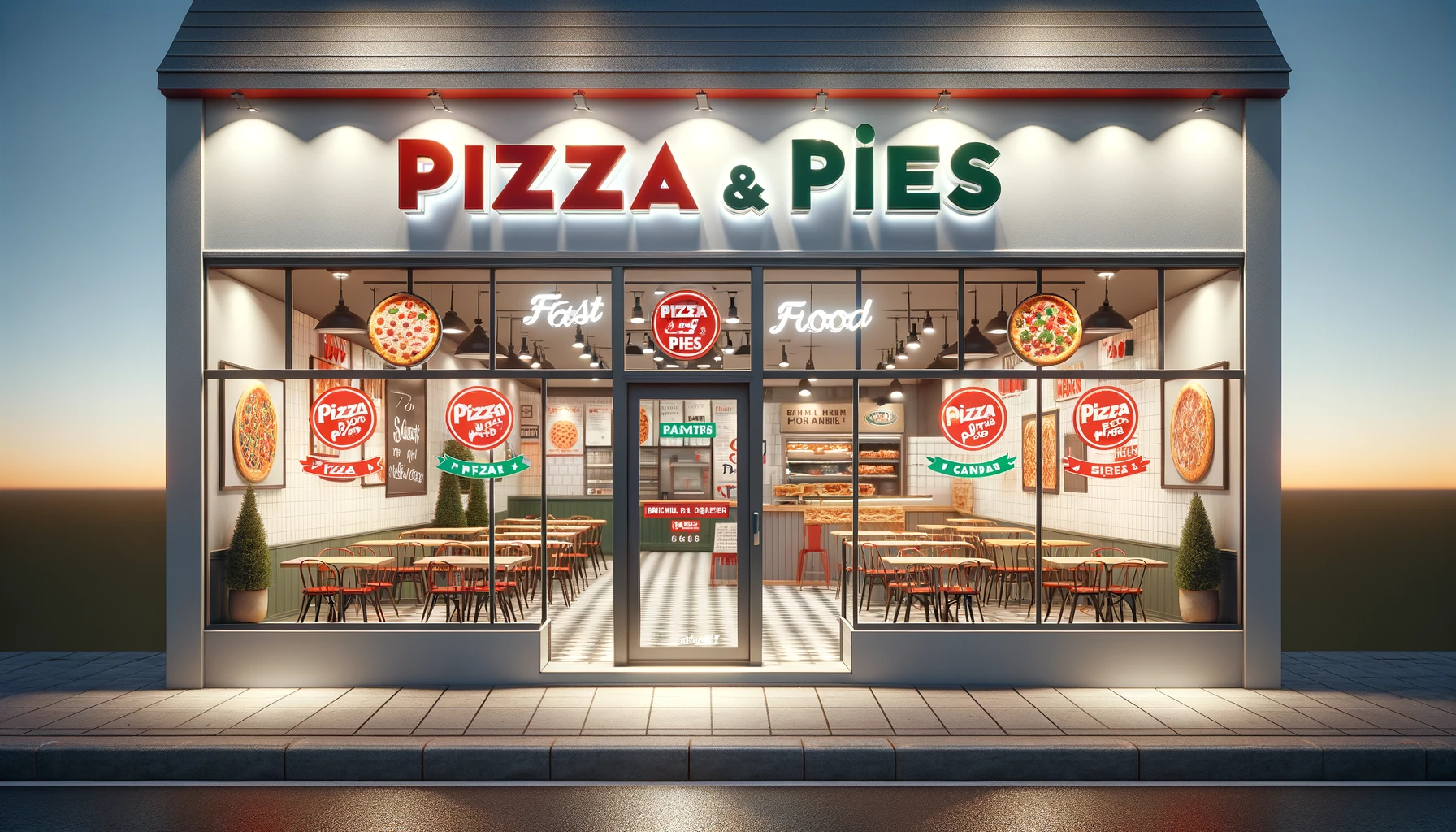
To achieve the best results, it’s important to carefully consider each aspect of the design process and make strategic decisions. This includes selecting the right furniture, creating a visually appealing interior, incorporating effective branding elements, and presenting the menu in an attractive and organised manner.
By paying attention to these details and implementing them effectively, fast food shops can enhance the overall user experience and attract more customers.
The exterior design of a fast food shop serves as the initial point of contact for customers, influencing their perception of the brand, facilitating traffic flow, and showcasing the overall aesthetics and branding elements.
When it comes to creating a successful business, it’s not just about having a visually appealing exterior. It’s also about effectively communicating the brand’s identity and values to potential customers.
A well-designed exterior can not only enhance brand recognition but also foster customer loyalty. The layout of the exterior can greatly impact the flow of traffic, ensuring a seamless and enjoyable experience for customers.
Aesthetic appeal is crucial in attracting foot traffic. This can be achieved through strategic placement of signage and outdoor seating, which can further contribute to the overall ambience and visual appeal of the business.
Interior design in a fast food shop encompasses the strategic utilisation of space, and selection of furniture, lighting, colour schemes, and materials to ensure a balance between aesthetics and functionality, thereby enhancing the overall customer experience.
The strategic arrangement of furniture and fixtures contributes to the flow and functionality of the space, allowing for efficient customer movement and service.
Thoughtful lighting design not only sets the ambience but also influences the perception of the space and the visual appeal of the food.
The careful selection of colour schemes and materials can evoke certain emotions and create a welcoming atmosphere, enhancing the overall dining experience for customers.
Menu design in a fast food shop involves the strategic placement of digital displays, food presentations, and layouts to facilitate fast service and engage customers effectively in their ordering experience.
The design of a menu is crucial in capturing the attention of customers and influencing their decision-making process. By strategically placing digital displays, a fast food shop can showcase enticing visuals of its menu offerings, enticing customers to make quick and informed choices.
The arrangement and presentation of food items play a significant role in creating an appealing and organised display, further impacting the customer’s perception of the food’s quality and desirability.
Branding and signage play a pivotal role in conveying the identity of a fast food establishment, catering to specific customer demographics, and establishing a distinct brand presence within the competitive market.
Branding elements, such as logos, colours, and slogans, serve as the visual representation of a brand. They capture the attention of potential customers and leave a lasting impression.
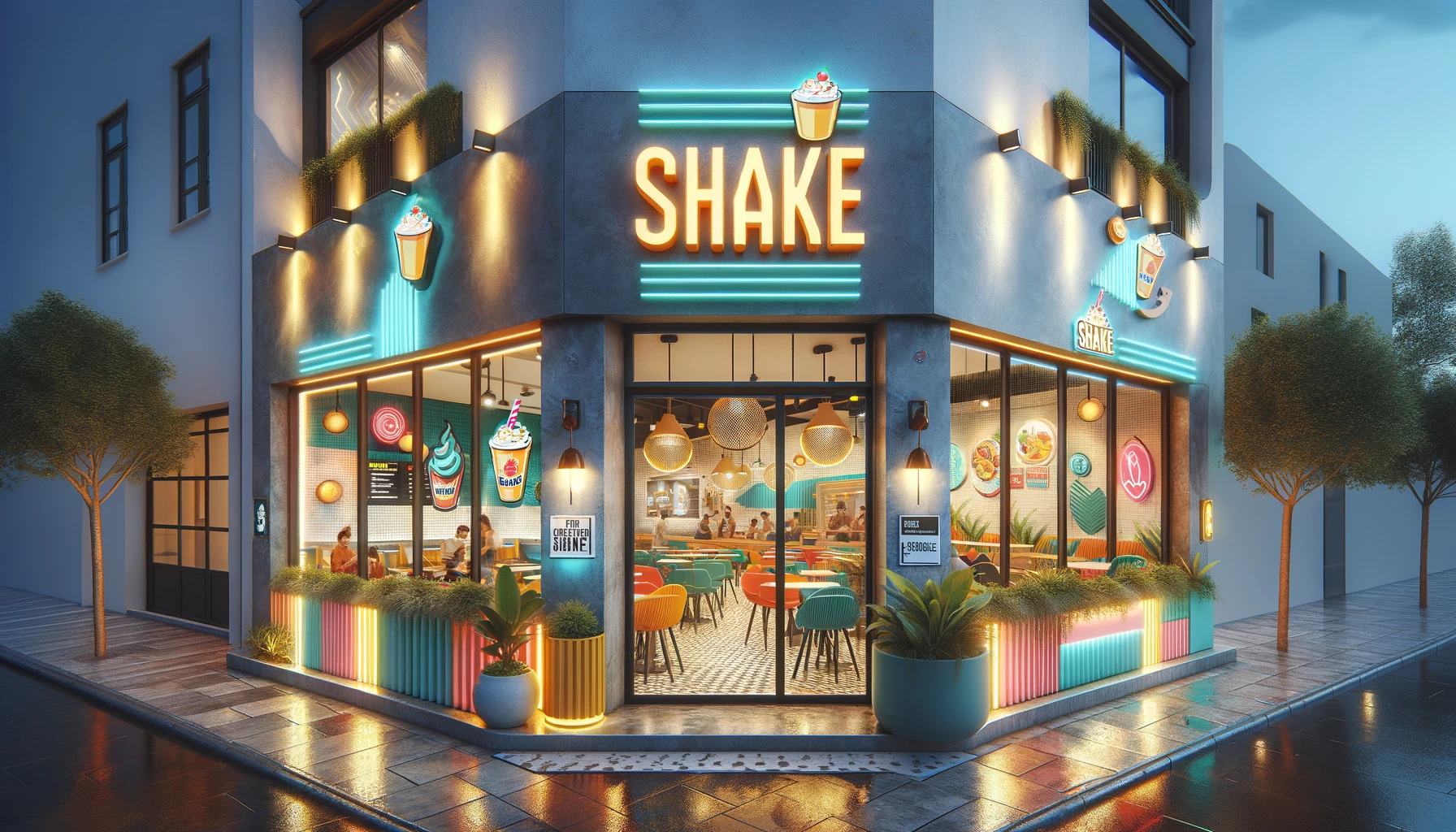
Effective branding can resonate with the target audience, influencing their decision to engage with the establishment. Signage, strategically placed both inside and outside, can guide and inform customers while reinforcing the brand’s image.
By aligning branding and signage with the preferences and behaviours of the target customer segments, establishments can create a unique and memorable experience. This fosters customer loyalty and drives business growth.
The latest trends in fast food shop design reflect a shift towards modern, innovative, and sustainable approaches, integrating technology integration and eco-friendly practices to enhance the overall customer experience and operational efficiency.
This is evident in the use of dynamic digital menu boards and self-service kiosks, offering convenience and a streamlined ordering process for customers.
There is a growing emphasis on sustainability, with many fast-food chains incorporating eco-friendly materials and energy-efficient fixtures into their store designs. The integration of natural elements and green spaces further demonstrates the commitment to creating environmentally conscious dining environments.
These trends are reshaping the fast food industry, promoting a more contemporary and customer-centric approach to design and operations.
Minimalist design trends in fast food shops emphasise clean aesthetics, efficient space utilisation, and a comfortable environment, aligning with the preferences of modern customers seeking simplicity and functionality in their dining experience.
This design approach prioritises sleek, uncluttered layouts, focusing on essential elements to create a sense of openness and tranquillity.
By incorporating simple colour schemes, streamlined furniture, and unobtrusive décor, minimalist design optimises spatial flow and promotes a welcoming ambience.
The strategic placement of functional elements enhances operational efficiency, enabling staff to navigate the space seamlessly.
The deliberate absence of unnecessary embellishments not only fosters a sense of serenity but also allows the focus to remain on the culinary experience, showcasing the culinary offerings in an unobtrusive yet appealing manner.
Eco-friendly design trends in fast food shops prioritise sustainable materials and practices to minimise the environmental impact, aligning with the growing emphasis on environmental responsibility and resource conservation.
This approach involves incorporating renewable materials, such as bamboo for furniture and recycled glass for countertops, which not only reduces the depletion of natural resources but also minimises waste.
Fast food establishments are increasingly utilising energy-efficient appliances and adopting compostable packaging to further decrease their ecological footprint. By implementing these sustainable measures, the fast food industry demonstrates its commitment to responsible environmental stewardship and sets an example for other sectors to follow suit in embracing eco-friendly design principles.
Technology integration trends in fast food shop design emphasise the incorporation of digital displays and interactive elements to enhance customer engagement, streamline operations, and provide an immersive dining experience for patrons.
This integration has revolutionised the fast-food industry, enabling businesses to create more interactive and personalised customer experiences, ultimately leading to increased customer satisfaction and loyalty.
With digital displays showcasing menus, promotions, and interactive games, customers are more engaged and entertained during their visit.
Technology integration has also significantly improved operational efficiency, allowing for quicker ordering, reduced wait times, and seamless transactions.
This seamless blend of technology and dining has redefined the customer experience, setting a new standard for fast food establishments.
The trend of multi-functional spaces in fast food shops focusses on optimising layout and design to offer versatile, comfortable, and accessible dining areas, catering to diverse customer preferences and enhancing overall spatial functionality.
Fast food establishments are taking a new approach to their interior design by incorporating features such as flexible seating arrangements, modular furniture, and adaptable decor. These multi-functional spaces can easily transform from casual dining settings to accommodate group events or individual work areas.
This flexibility not only maximises space utilisation but also enhances customer comfort and accessibility. By thoughtfully incorporating technology, such as convenient charging stations and high-speed Wi-Fi, these spaces cater to the modern customer’s needs.
This allows fast food establishments to create dynamic environments that adapt to the evolving demands of their clientele, ultimately contributing to an enhanced overall dining experience.
Creative fast food shop design ideas encompass innovative concepts such as the food lorry theme, retro diner aesthetics, industrial chic designs, outdoor seating areas, and interactive play zones, offering unique and engaging experiences for customers.
These design ideas cater to diverse customer preferences, from those seeking a nostalgic atmosphere to individuals drawn to contemporary urban spaces.
The food lorry theme brings a mobile, dynamic dimension to the dining experience, while retro diner aesthetics evoke a sense of vintage charm. Industrial chic designs infuse a trendy, raw ambience, appealing to the modern consumer, and outdoor seating areas complement the casual, al fresco dining culture.
Interactive play zones inject vibrancy, making the overall dining experience not just about food, but also about recreation and social interaction.
The food lorry concept in fast food shop design presents an innovative approach that resonates with urban design aesthetics and community appeal, offering mobility and a dynamic dining experience to customers.
Its unique design allows for flexibility, enabling food lorries to traverse various locations and engage with diverse communities.
The agility of the food lorry concept adds an element of novelty to the dining scene, creating a sense of anticipation and excitement among patrons. This mobility advantage also contributes to a vibrant culinary landscape, as food lorries can adapt to different events and cater to specific tastes and preferences within urban environments.
The retro diner theme infuses fast food shop design with nostalgic aesthetics, comfortable ambience, and a trendy appeal, creating a nostalgic dining environment that resonates with customers seeking a classic yet stylish experience.
Our restaurant design takes inspiration from the iconic styles of the 1950s and 1960s. With vibrant vinyl booths, chequered floors, chrome accents, and jukeboxes, our space exudes a retro charm and whimsy.

The cosy booths and low lighting create a warm and inviting atmosphere, while the retro colour palette of pastels and bold shades adds a playful touch. We cater to customers who appreciate the fusion of vintage and contemporary elements, providing them with a unique and memorable dining experience.
The industrial chic design concept in fast food shops embraces modern and innovative architectural elements, creating an urban, trendy ambience that resonates with contemporary customers seeking distinct and visually captivating dining experiences.
Industrial design often features raw materials like exposed brick, metal fixtures, and reclaimed wood, creating a rugged and authentic feel. To balance out the industrial edge, designers often incorporate textures such as distressed leather and plush fabrics, achieving a harmonious blend of urban and comfort.
The use of industrial lighting, such as Edison bulbs and statement pendant fixtures, adds a warm and inviting glow to the overall industrial chic atmosphere.
The incorporation of outdoor seating areas in fast food shop design enhances customer comfort, accessibility, and urban appeal, providing an inviting space for patrons to enjoy their meals in a relaxed and open-air setting.
This trend aligns with the evolving preferences of modern consumers, who increasingly seek dining experiences that allow them to connect with the surrounding environment.
Outdoor seating areas also contribute to the integration of green spaces within urban settings, promoting a more sustainable and cohesive cityscape. By creating a seamless transition between indoor and outdoor spaces, fast-food establishments can attract a broader customer base and foster a welcoming atmosphere that encourages social interaction and relaxation.
The integration of an interactive play area for kids in fast food shop design caters to family demographics, community appeal, and customer engagement, providing a family-friendly and community-oriented dining environment.
Fast food restaurants have started to incorporate play areas into their establishments, not only to provide a welcoming space for families to enjoy meals together, but also to encourage social interaction and active play among children.
These play areas offer a safe and entertaining environment, making them a desirable destination for families. This not only helps to attract and retain a loyal customer base, but also fosters a sense of community within the surrounding area. By adding value beyond just dining, fast food restaurants become a place for families to gather, connect, and create lasting memories.
Fast food shop design significantly influences customer experience through its impact on comfort, accessibility, traffic flow, and the effective representation of branding elements, shaping the overall perception and satisfaction of patrons.

The layout and seating arrangements, for example, play a crucial role in creating a comfortable and inviting ambience for diners, making them more likely to stay longer and enjoy their meals.
The accessibility of ordering stations, condiment counters, and restrooms can enhance customer convenience and satisfaction. In addition, the strategic placement of branding elements, such as logos, colours, and signage, contributes to a cohesive and memorable brand representation, fostering a strong connection between the customers and the fast food establishment.
The atmosphere and ambience created through fast food shop design directly contribute to customer satisfaction by influencing their dining experience through aesthetic appeal, lighting, and overall environmental comfort.
Fast food restaurants need to consider these factors, as they play a significant role in shaping the perception and comfort of their customers.
A welcoming atmosphere, complemented by well-thought-out design elements and comfortable seating arrangements, can enhance the overall dining experience.
The right lighting can create a warm and inviting ambience, while environmental comfort, including temperature and ventilation, also greatly impacts the patrons’ contentment during their dining experience.
Efficiency and flow within the fast food shop design directly impact operational efficiency, staff productivity, and overall customer satisfaction by streamlining service processes and enhancing the customer dining experience.
Well-designed layout and equipment placement can significantly improve the smoothness of operations. Efficiently organised workflows contribute to faster service, reduced wait times, and enhanced order accuracy. This not only benefits the customers but also boosts staff morale, leading to increased productivity.
A well-structured design can optimise traffic flow, preventing congestion and ensuring a seamless experience for both customers and employees. Prioritising efficiency and flow in fast food shop design has wide-reaching benefits across various aspects of the business.
Fast food shop design plays a pivotal role in shaping brand perception, fostering customer loyalty, and establishing a competitive advantage within the market through the effective representation of branding elements and brand identity.
A well-designed fast food shop can create a lasting impression on customers, influencing their emotions and perceptions about the brand. From the colour scheme and signage to the layout and ambience, every aspect of the design communicates the brand’s values and personality.
This cohesive representation enhances brand recall and differentiation, contributing to customer loyalty and repeat business. A thoughtfully crafted design can also provide a competitive edge by standing out from the competition and attracting new customers seeking a unique and inviting dining experience.
There are a range of other services that we can provide. Have a look at the list below for more information:
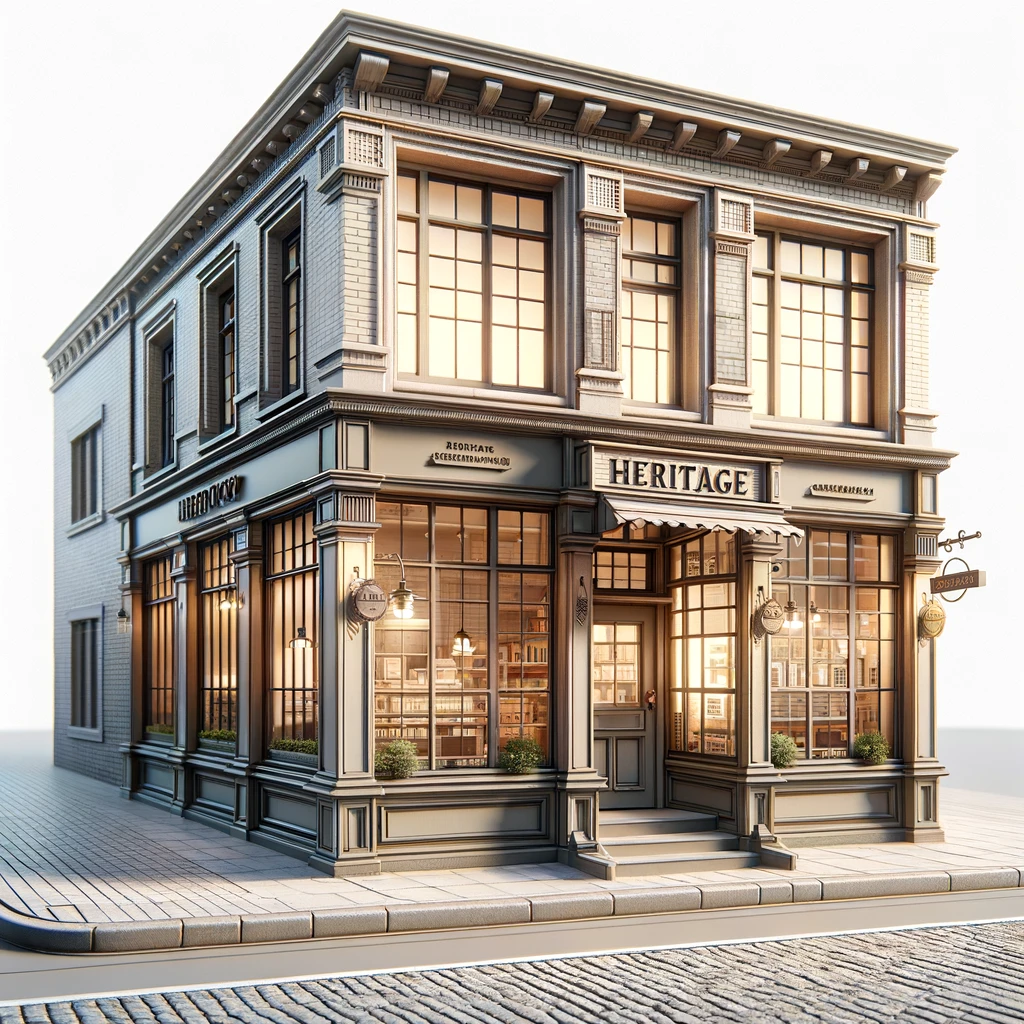

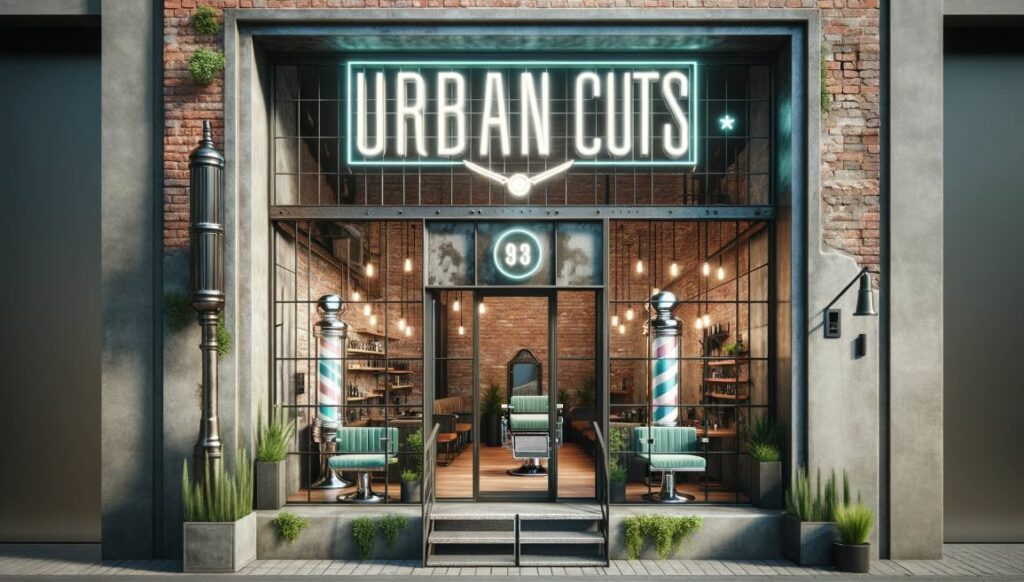
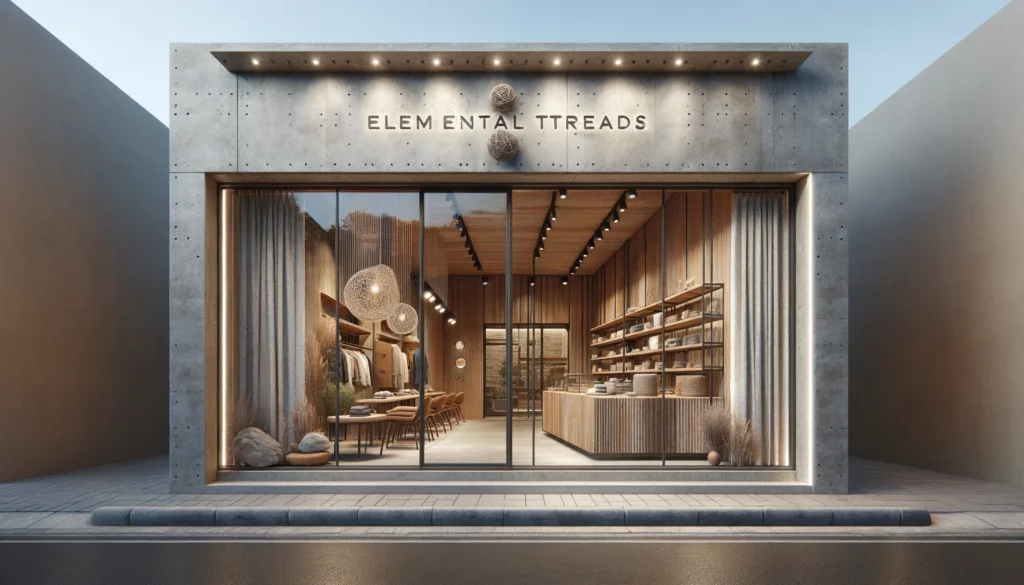
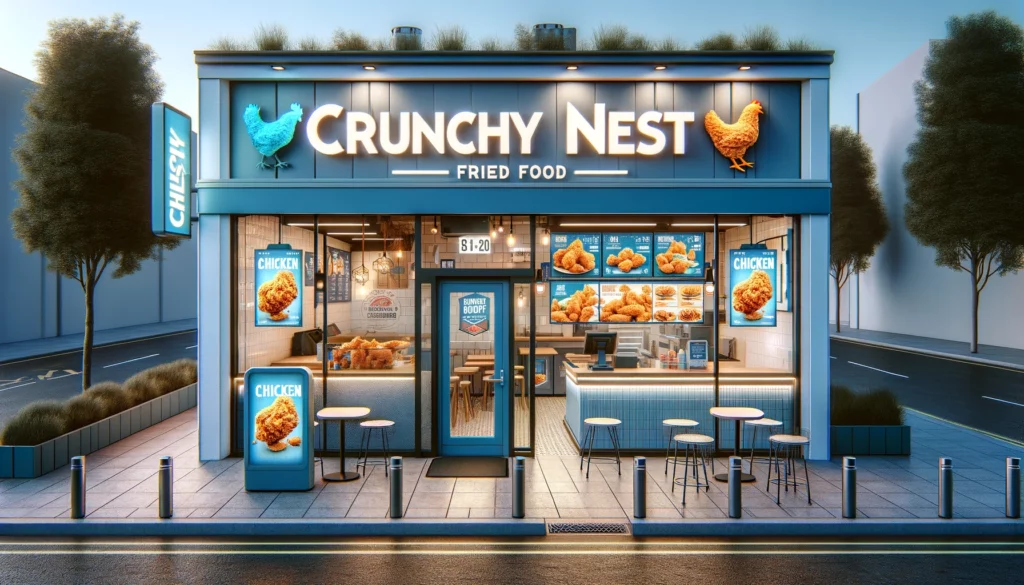
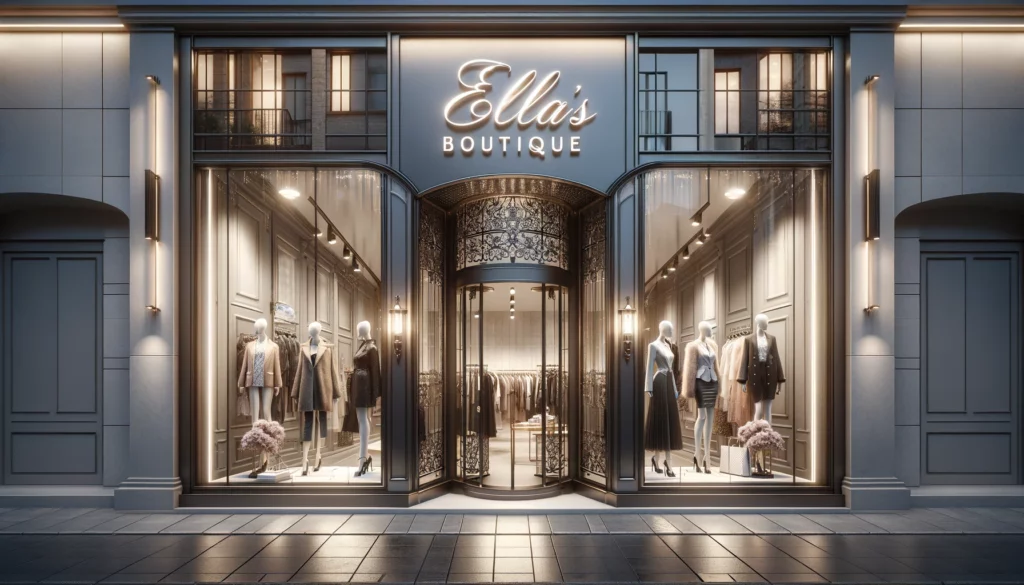

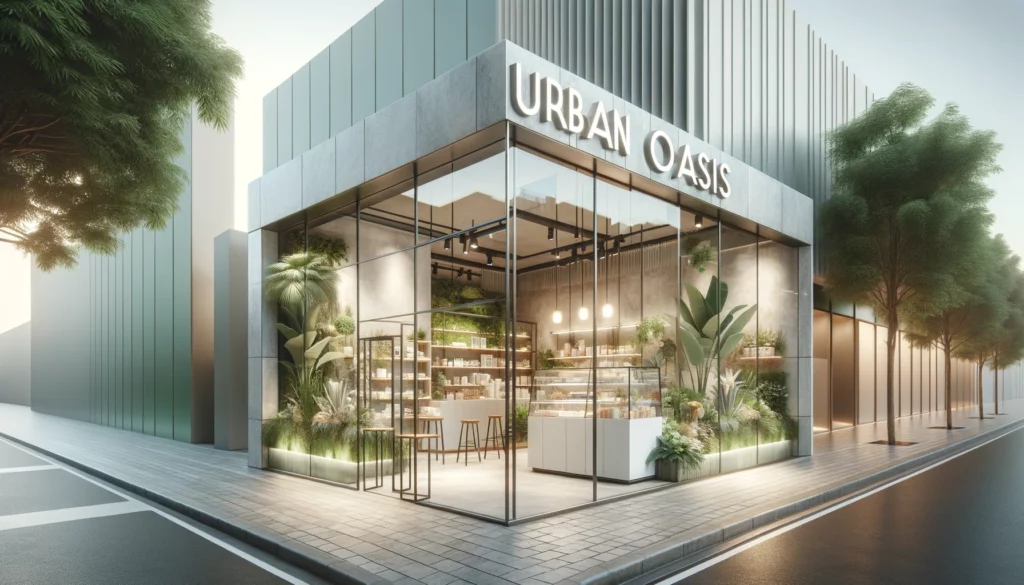
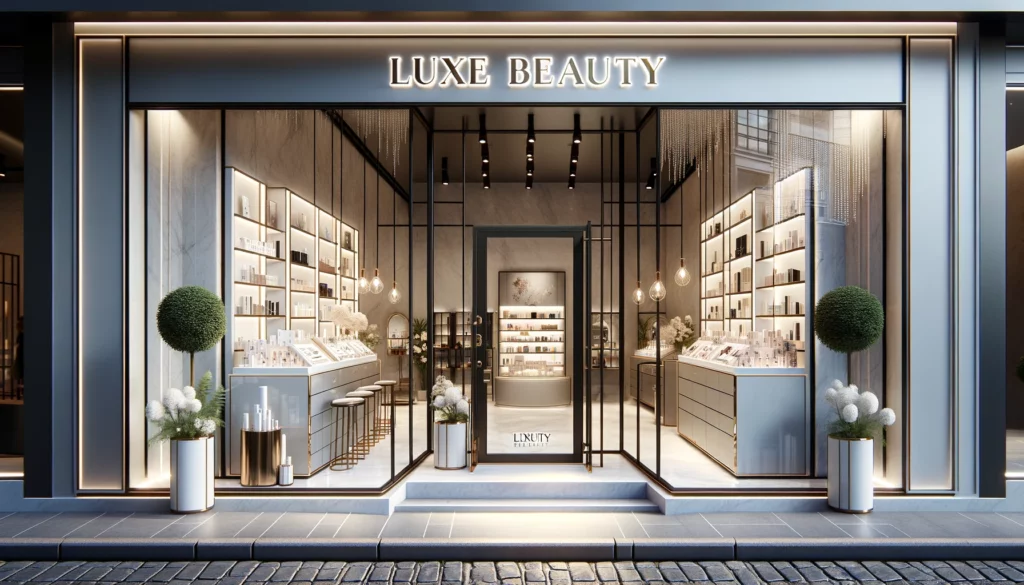

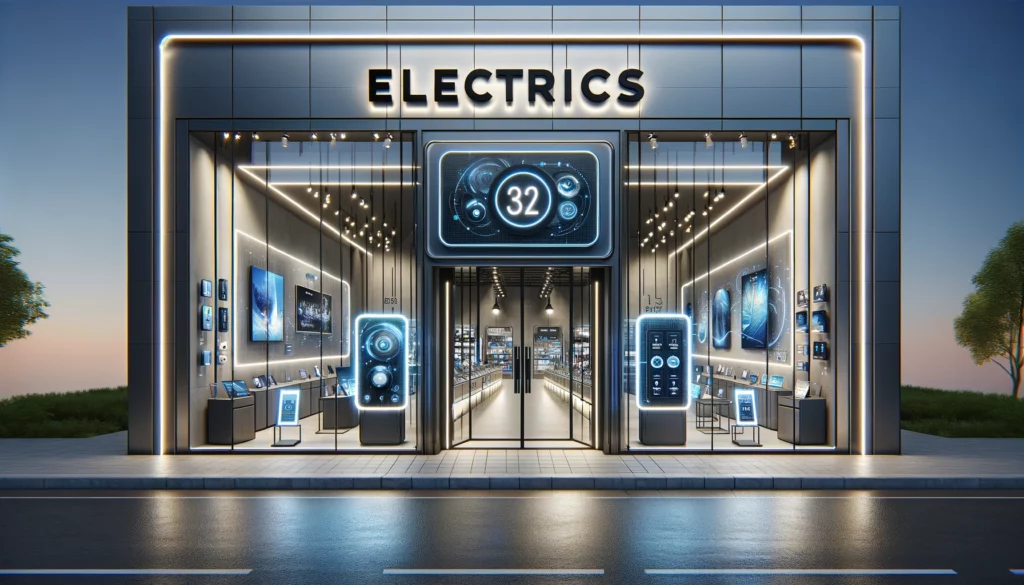
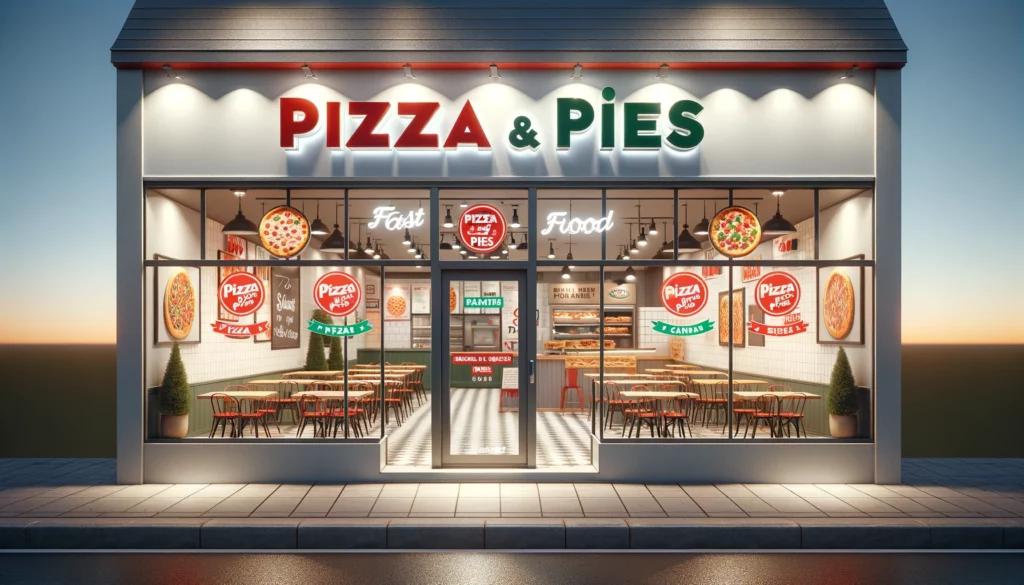


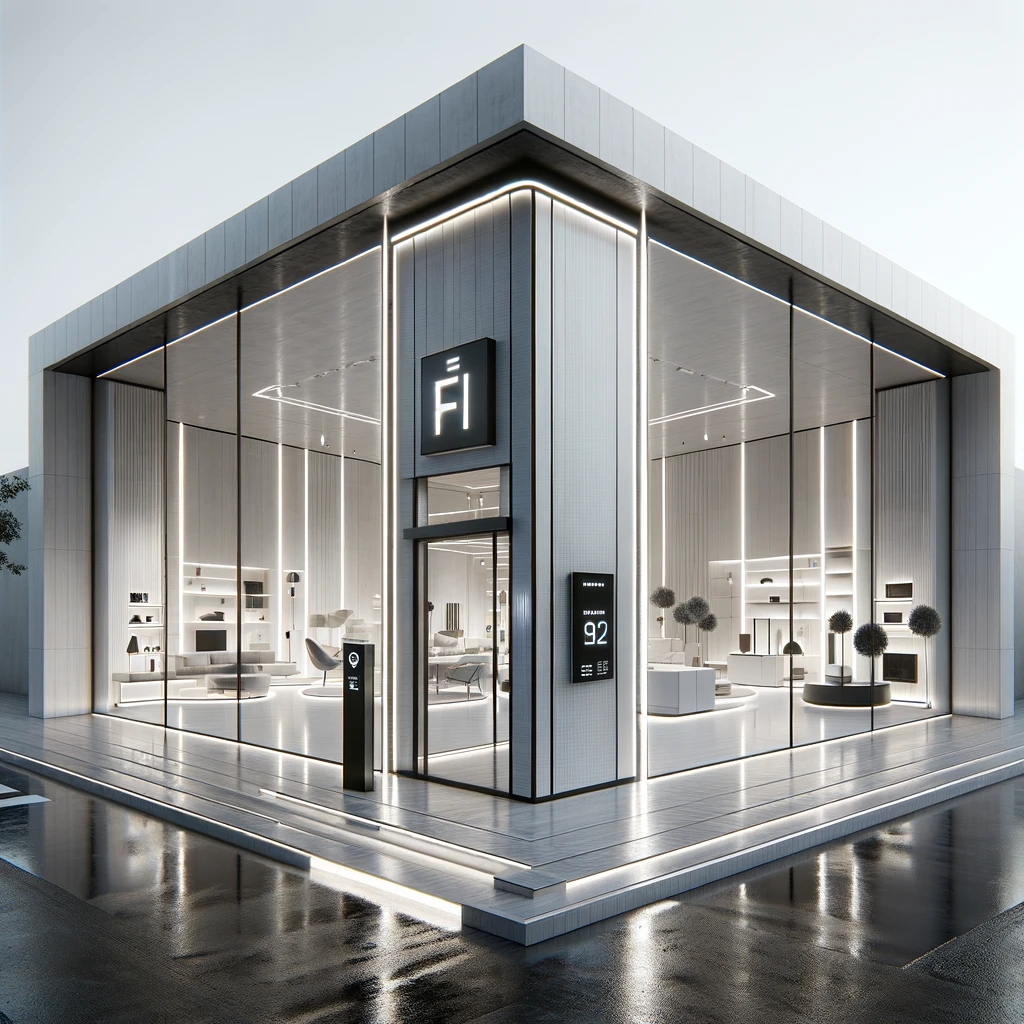


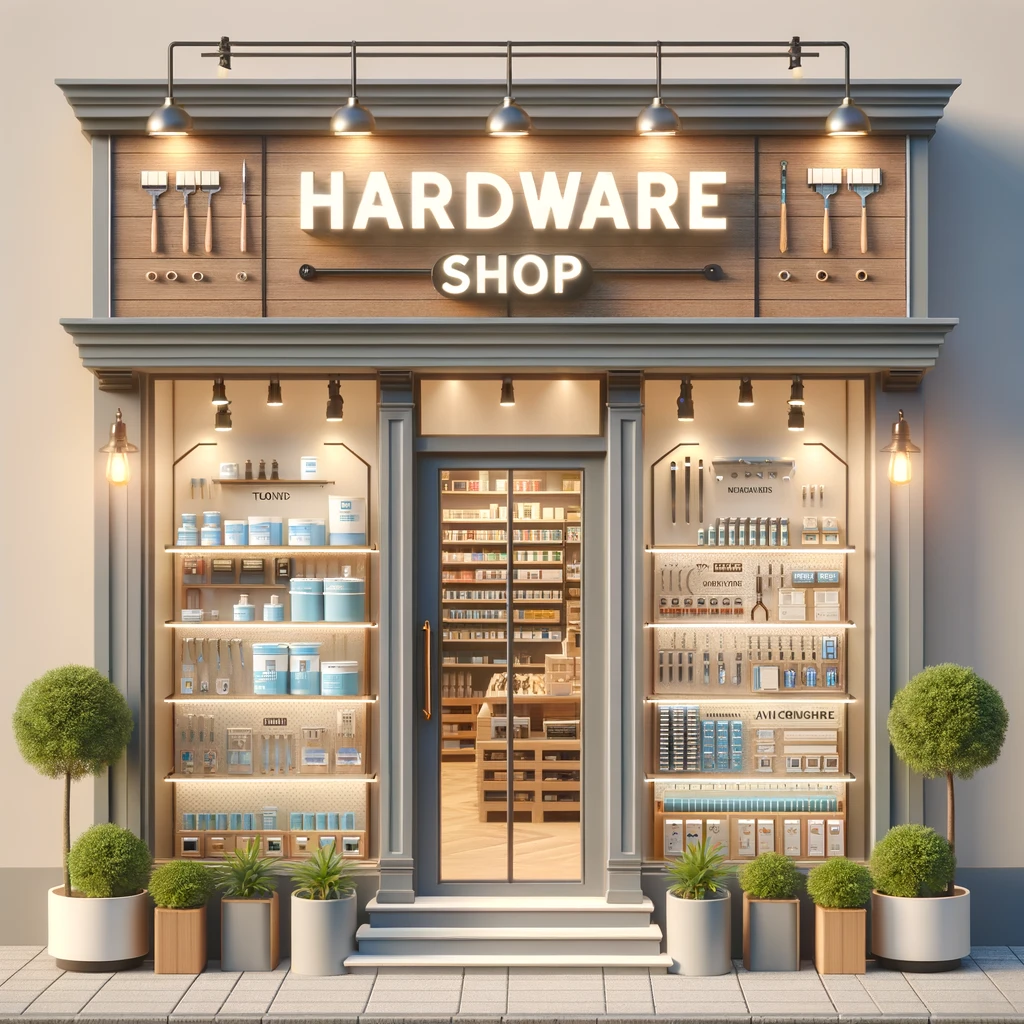
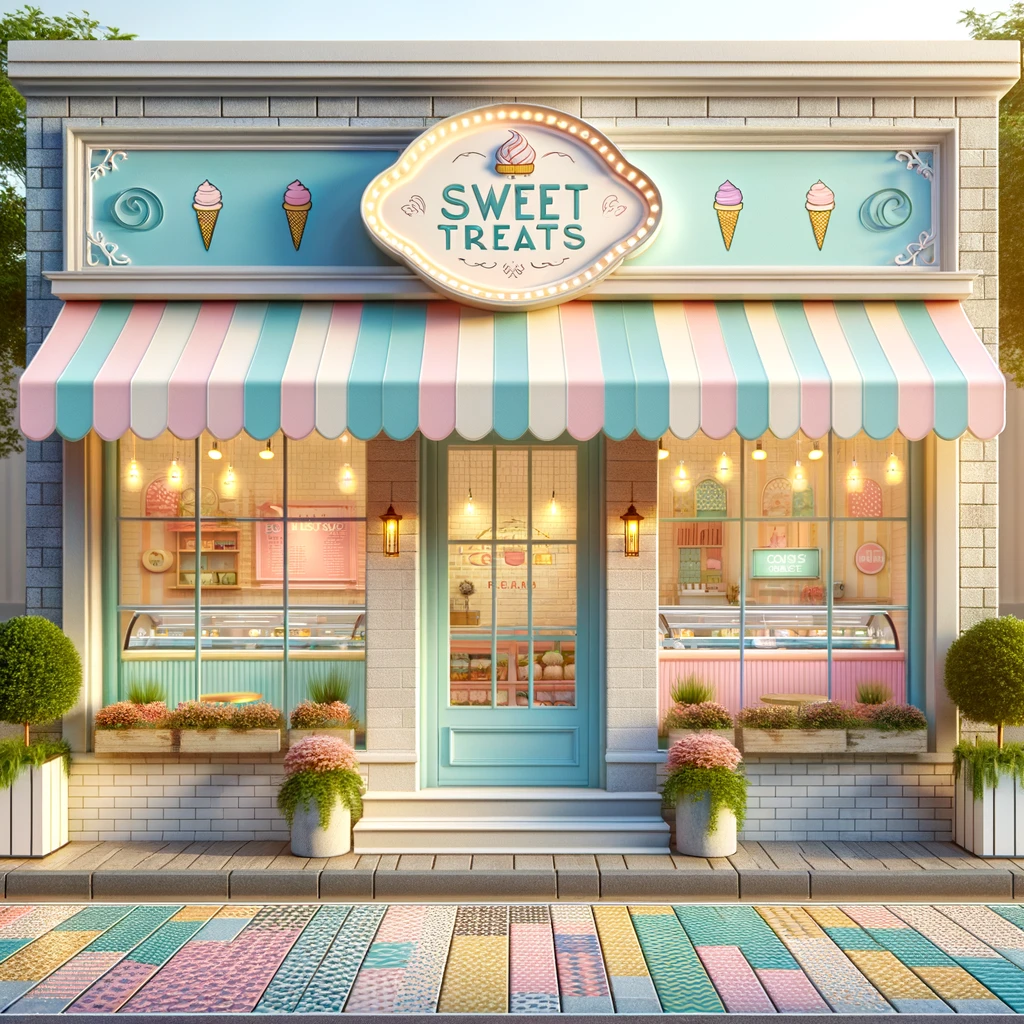
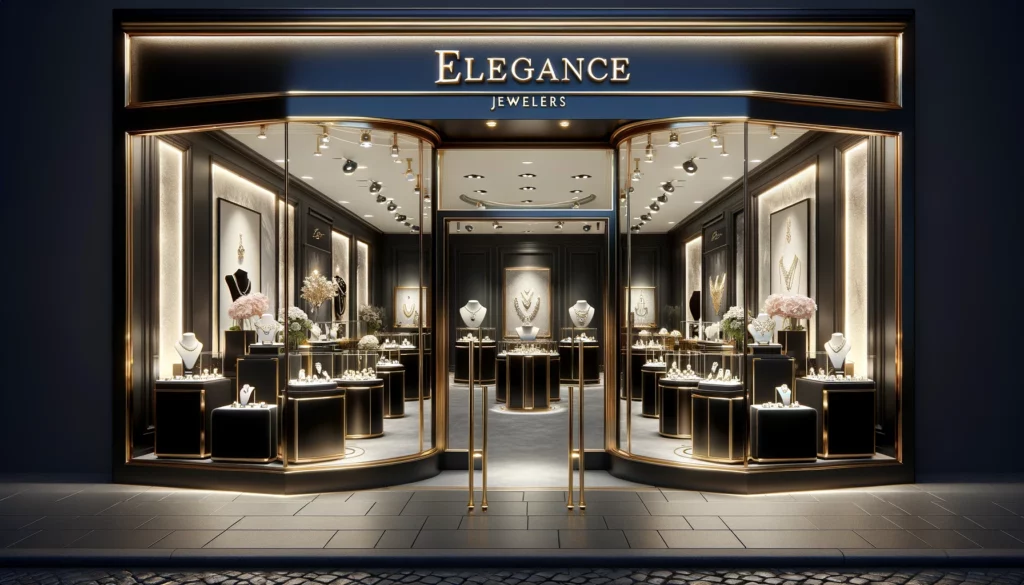
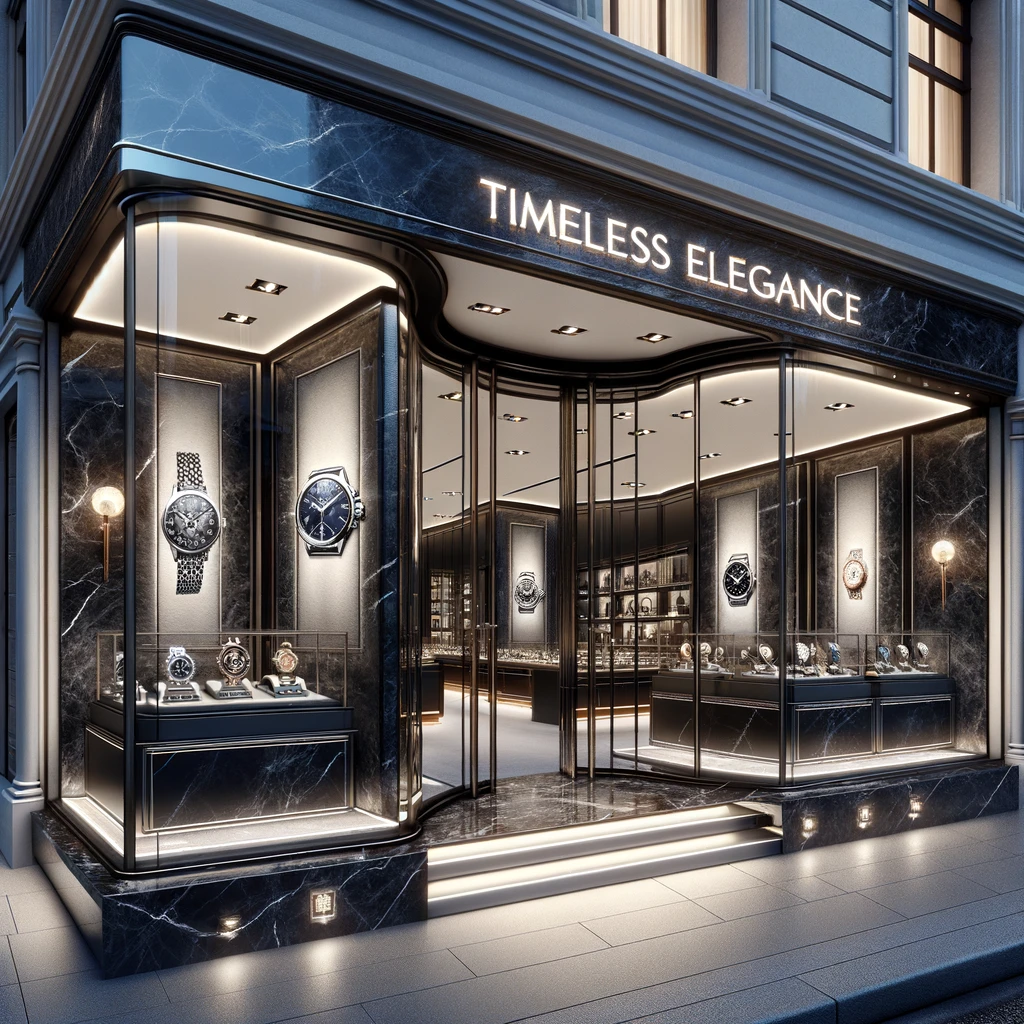
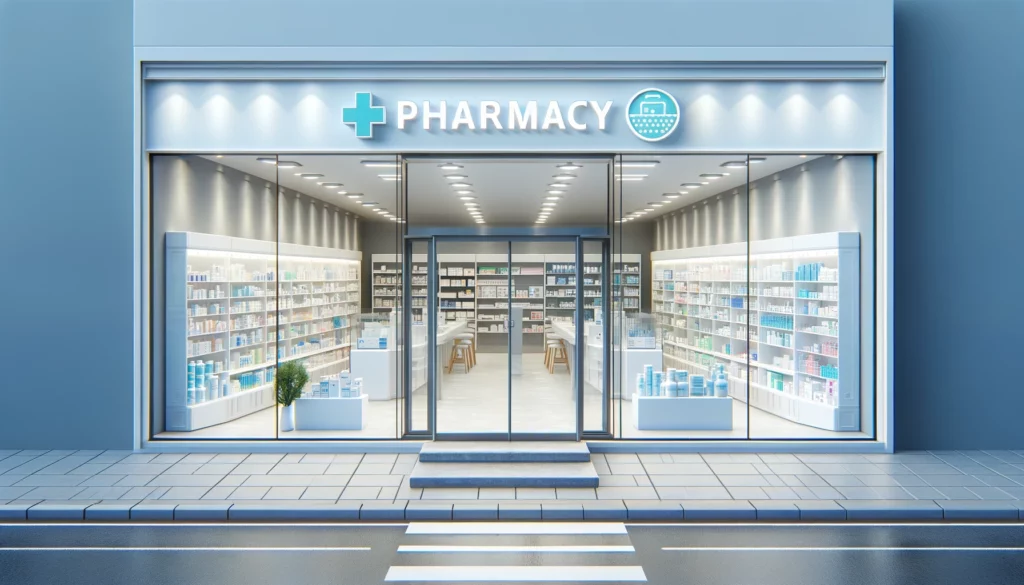
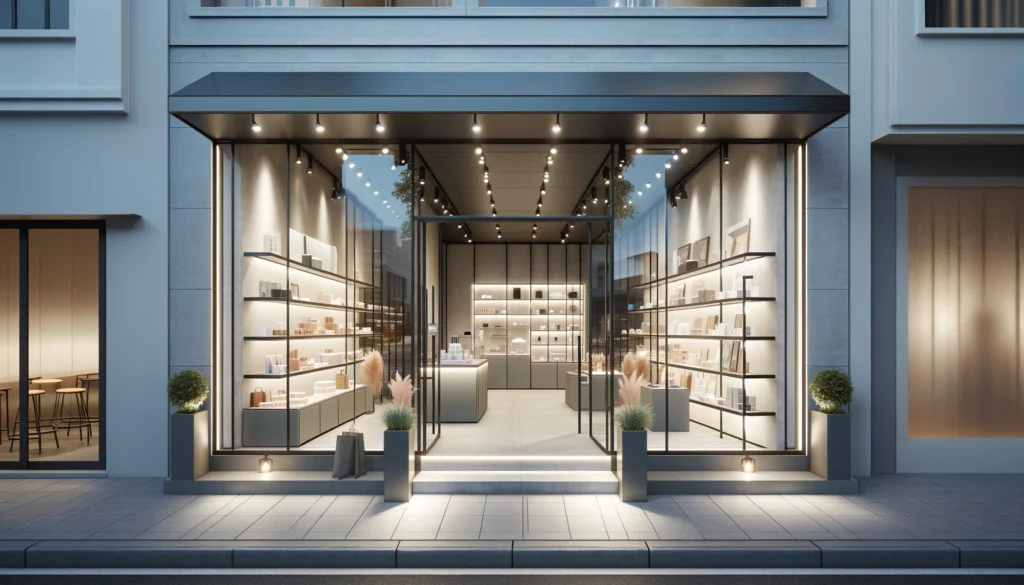
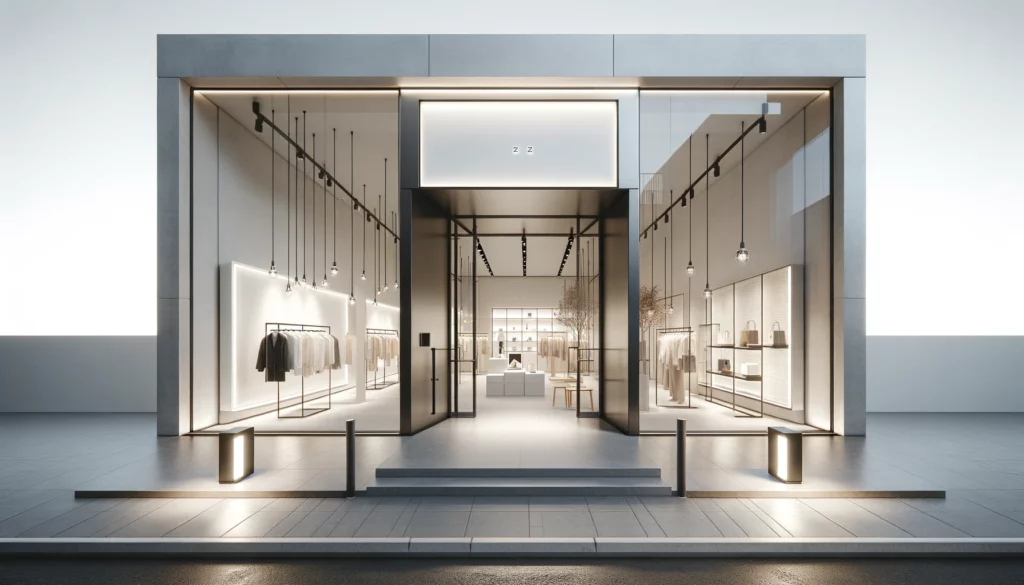
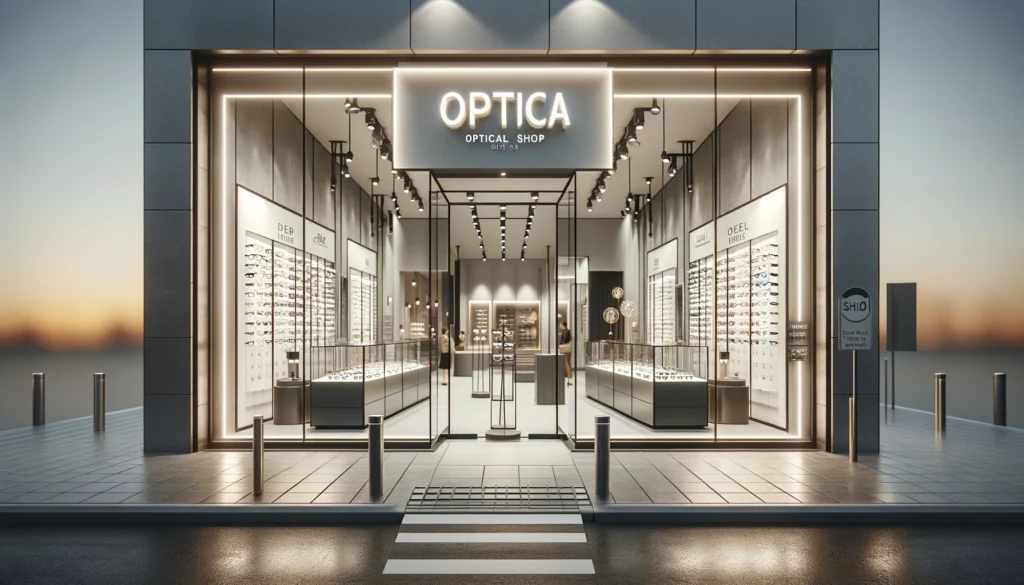
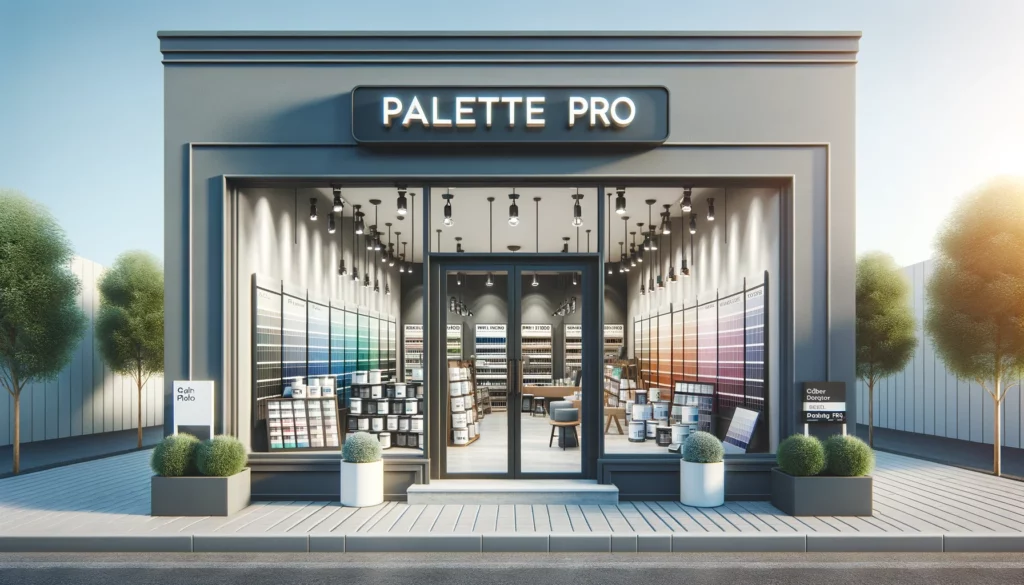
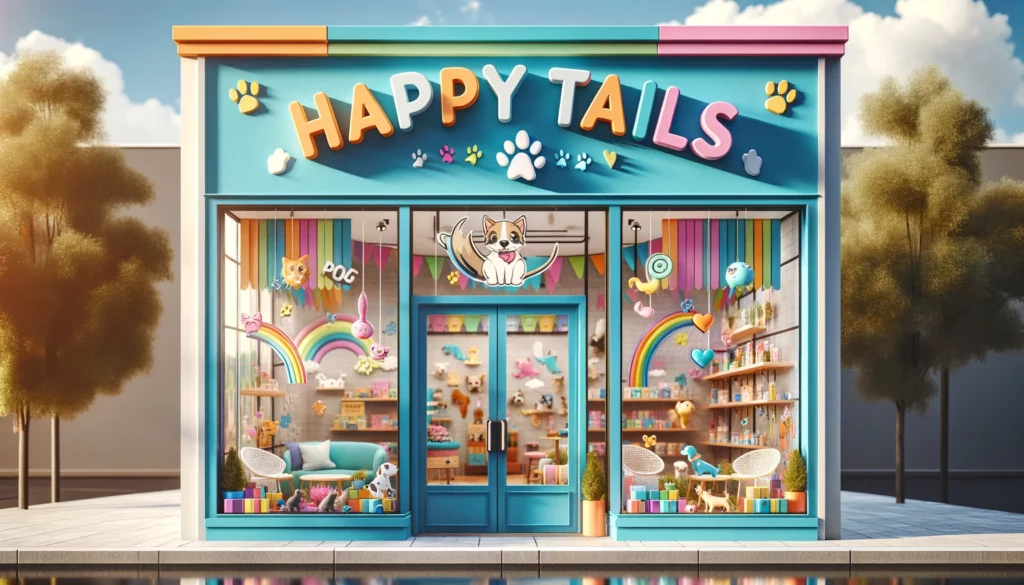

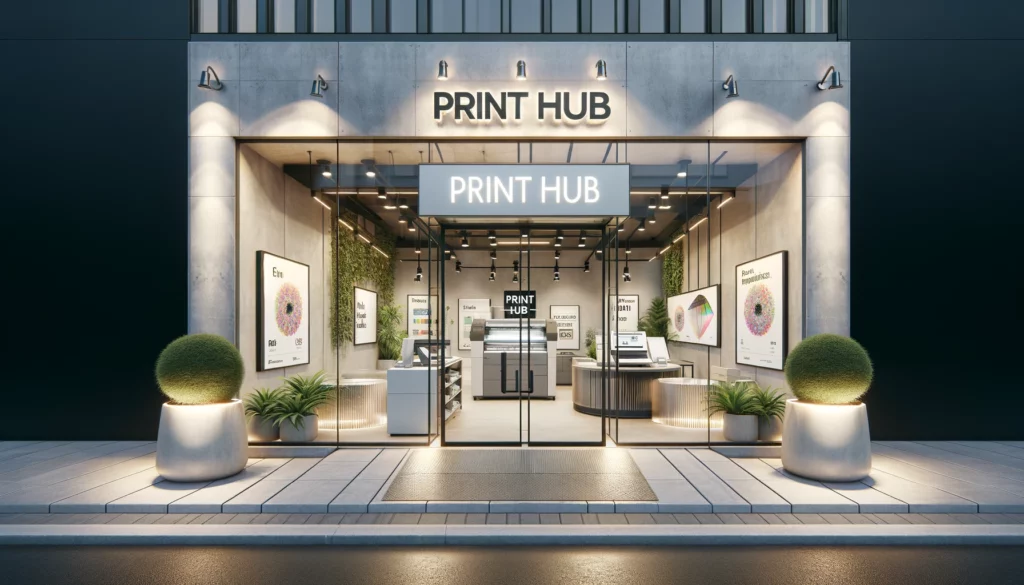

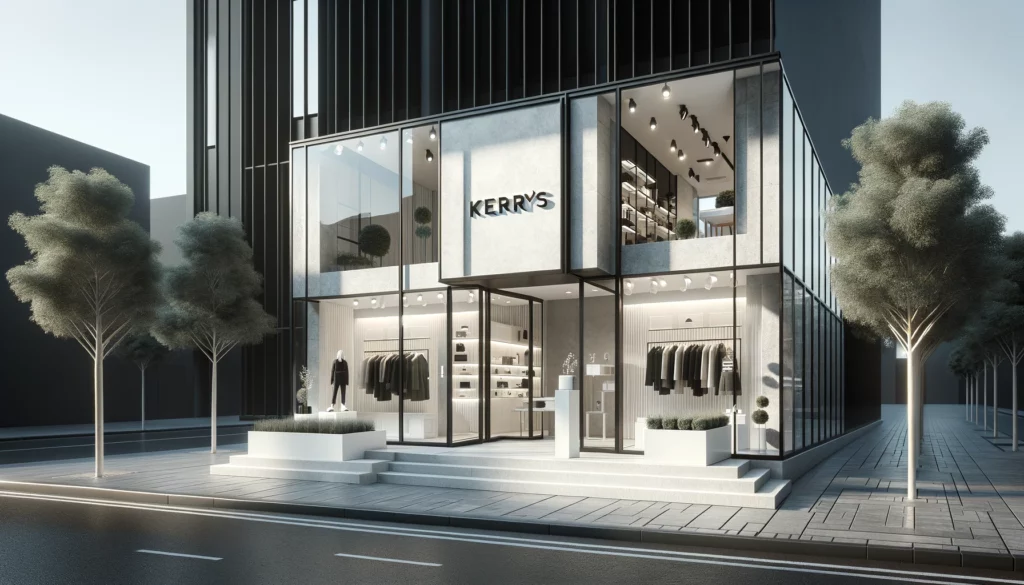

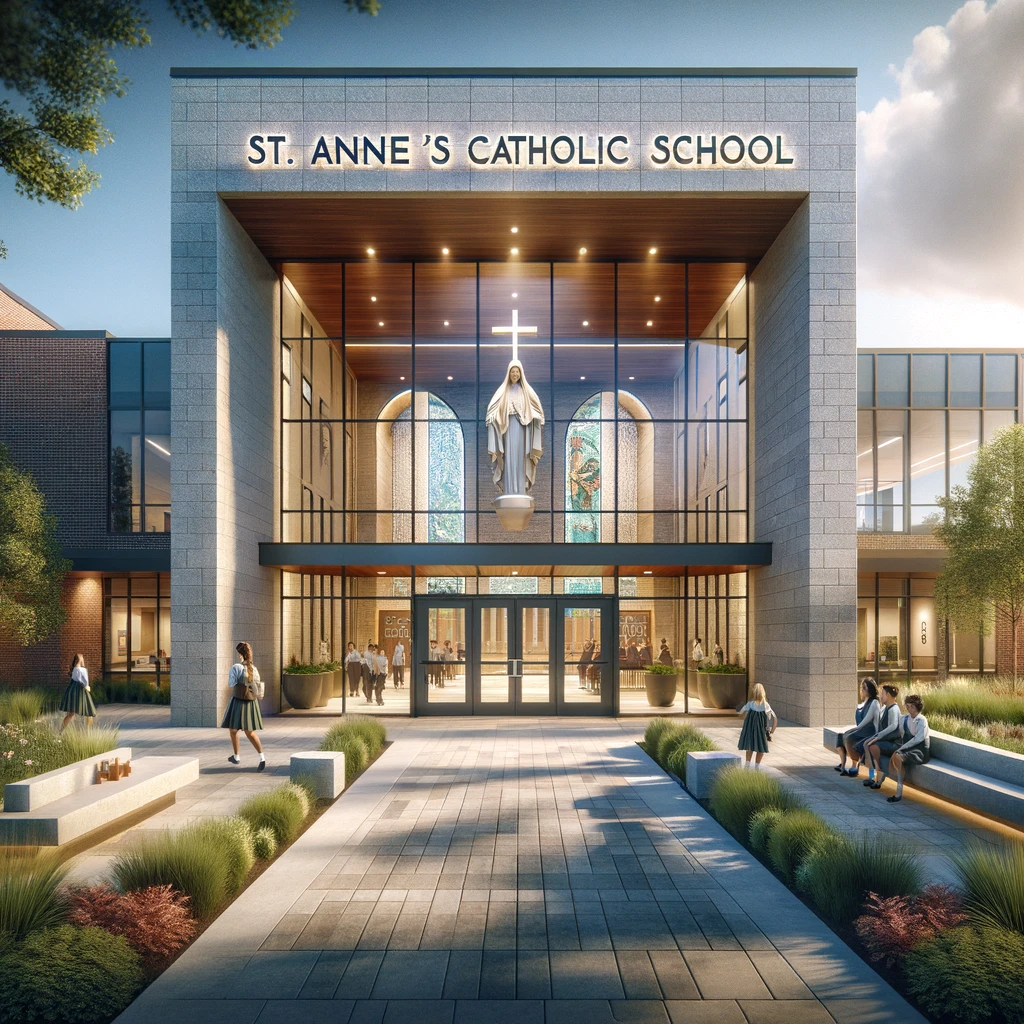
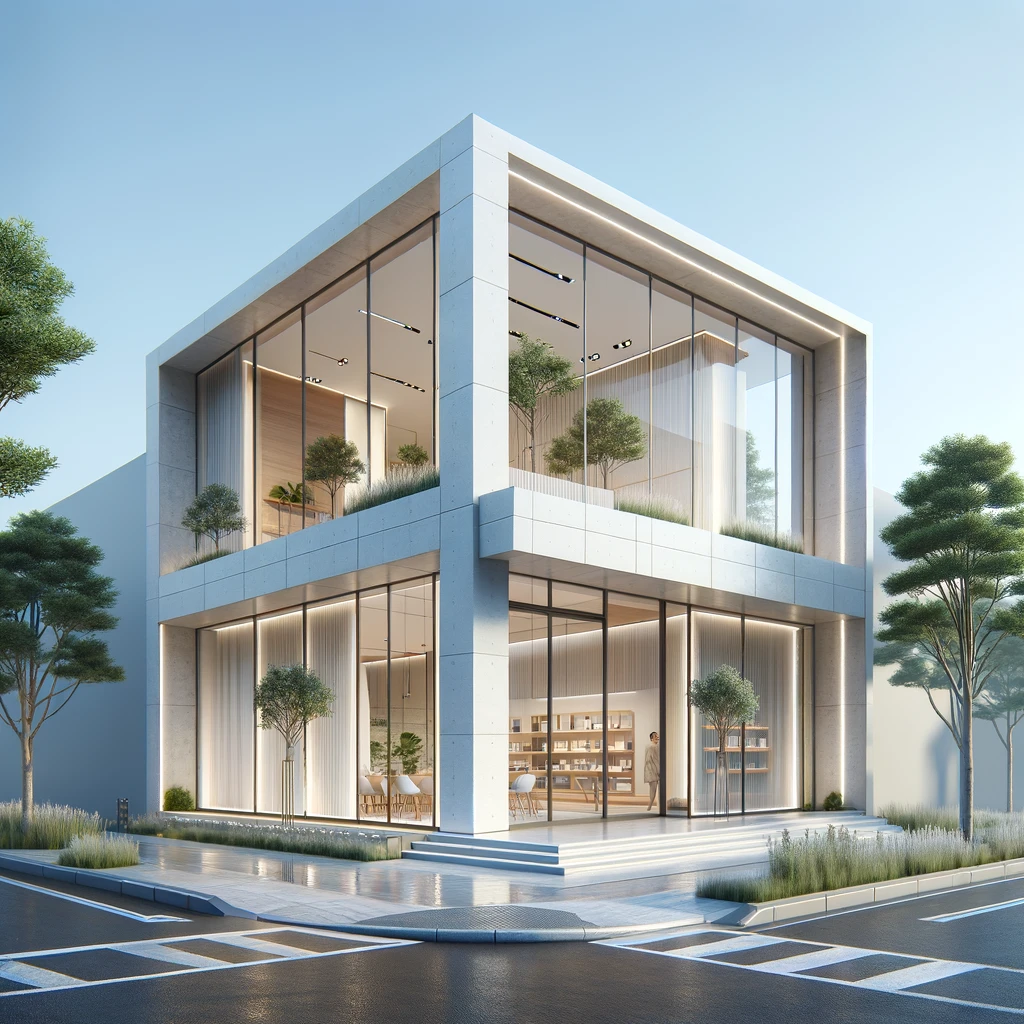
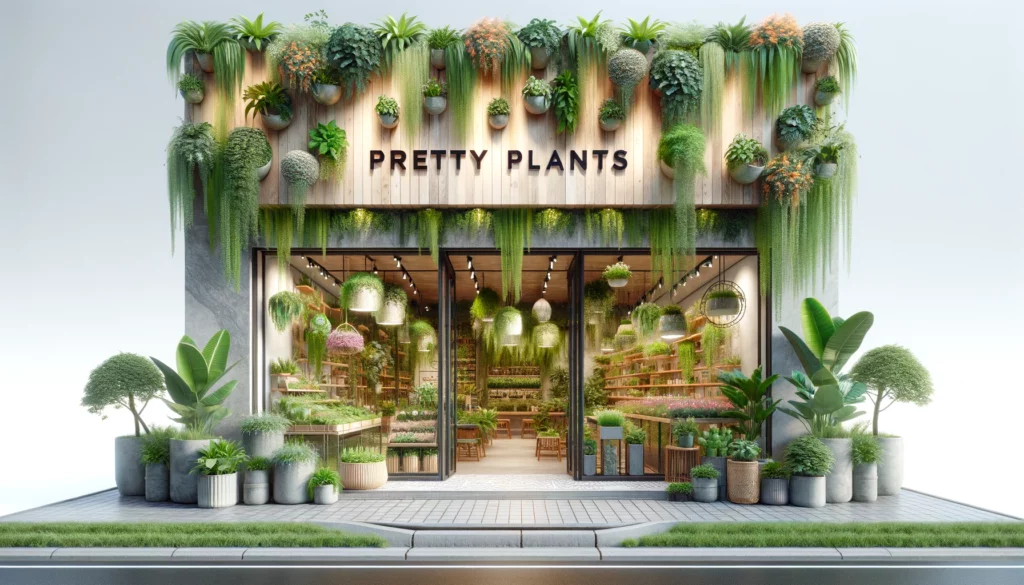
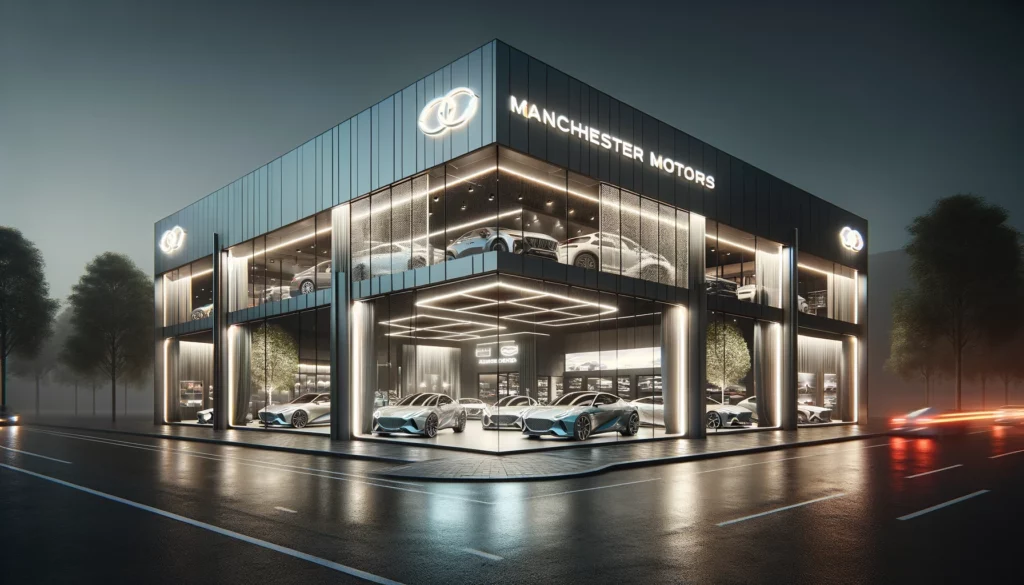


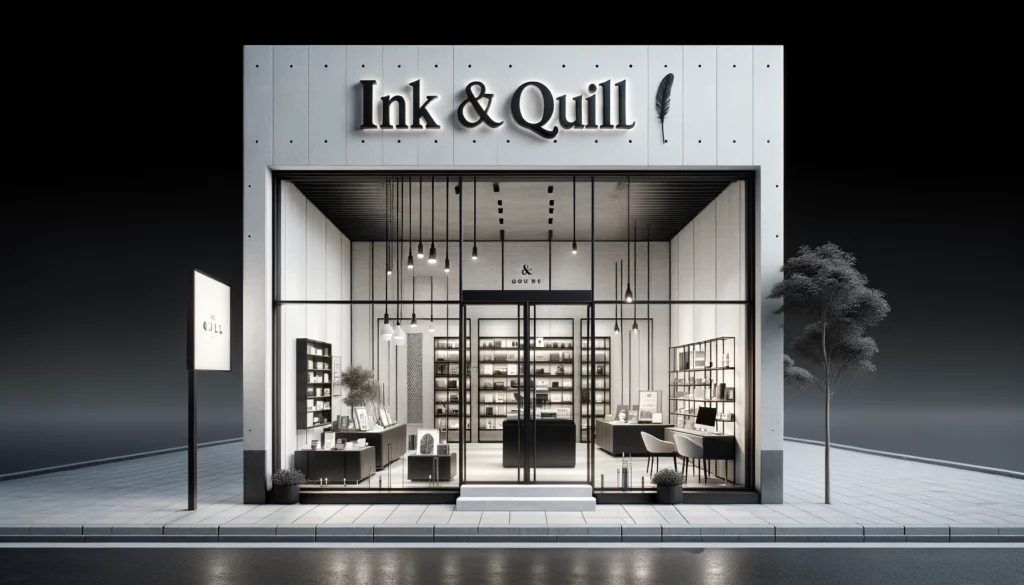
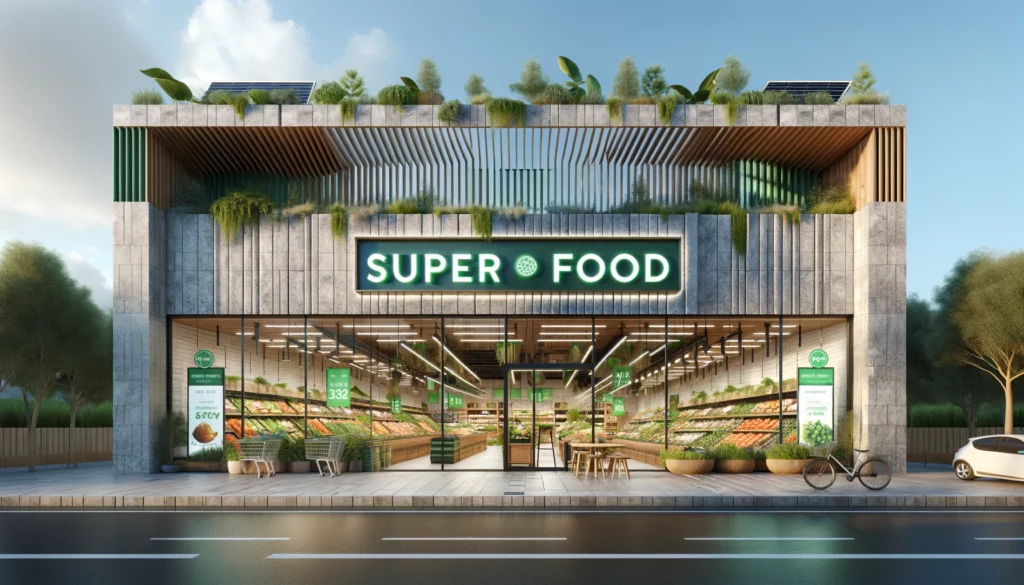

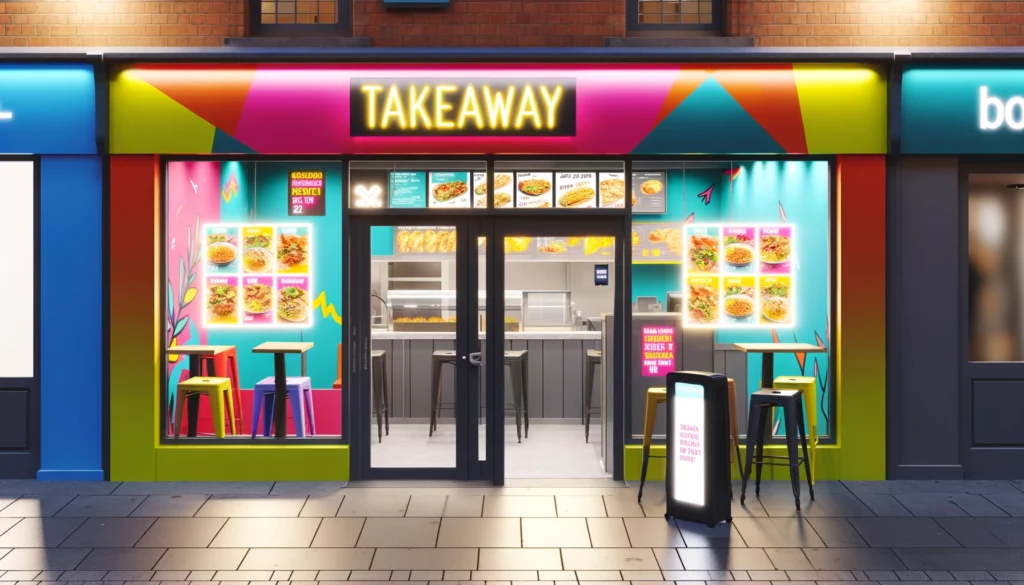

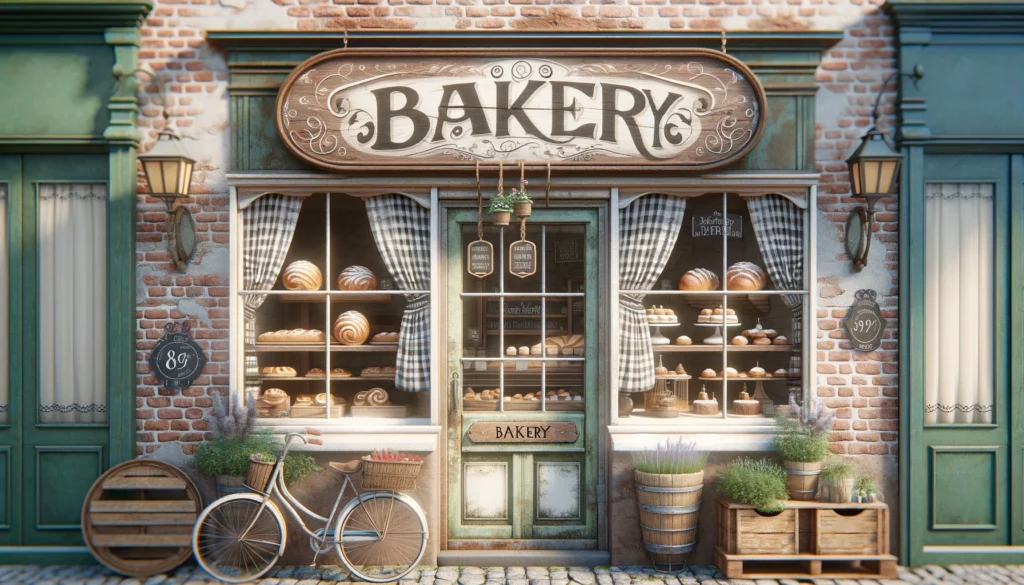

We Aim To Reply To All Enquiries With-in 24-Hours